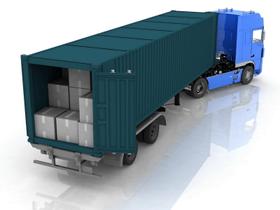Most private high schools have application deadlines of January or February. If you are applying to several schools, make sure you are on top of each school's specific deadlines. Use our Application Calendar to keep you organized. The application process varies from school to school.
Application Options
Generally, you have three options for applying to private schools:
- Online at the school's web site
- Online at the SSAT site
- Complete and submit a paper application
Let's look at how each application option works.
Applying Via Individual School Web Sites
Not all schools offer an online application feature. But for those schools which have the resources to offer it, you will find the process is straightforward and generally intuitive. Woodberry Forest's is typical. You complete the application, pay for it with a credit card and even download teacher recommendation forms online. How convenient is that? Finally, you can check back as often as you like and see what the status of your application is too.
The Ten Schools Admissions Organization offers a one-stop site for applying to the following schools in the northeast: Choate Rosemary Hall, Deerfield Academy, The Hill School, The Hotchkiss School, The Lawrenceville School, The Loomis Chaffee School, Phillips Academy, Phillips Exeter Academy, St. Paul's School, The Taft School.
SSAT's Standard Online Application
The SSAT's Standard Online Application allows you to apply to several schools using the same


















-8okvj5w8m60w0ws40oocok84w-280.jpg)





